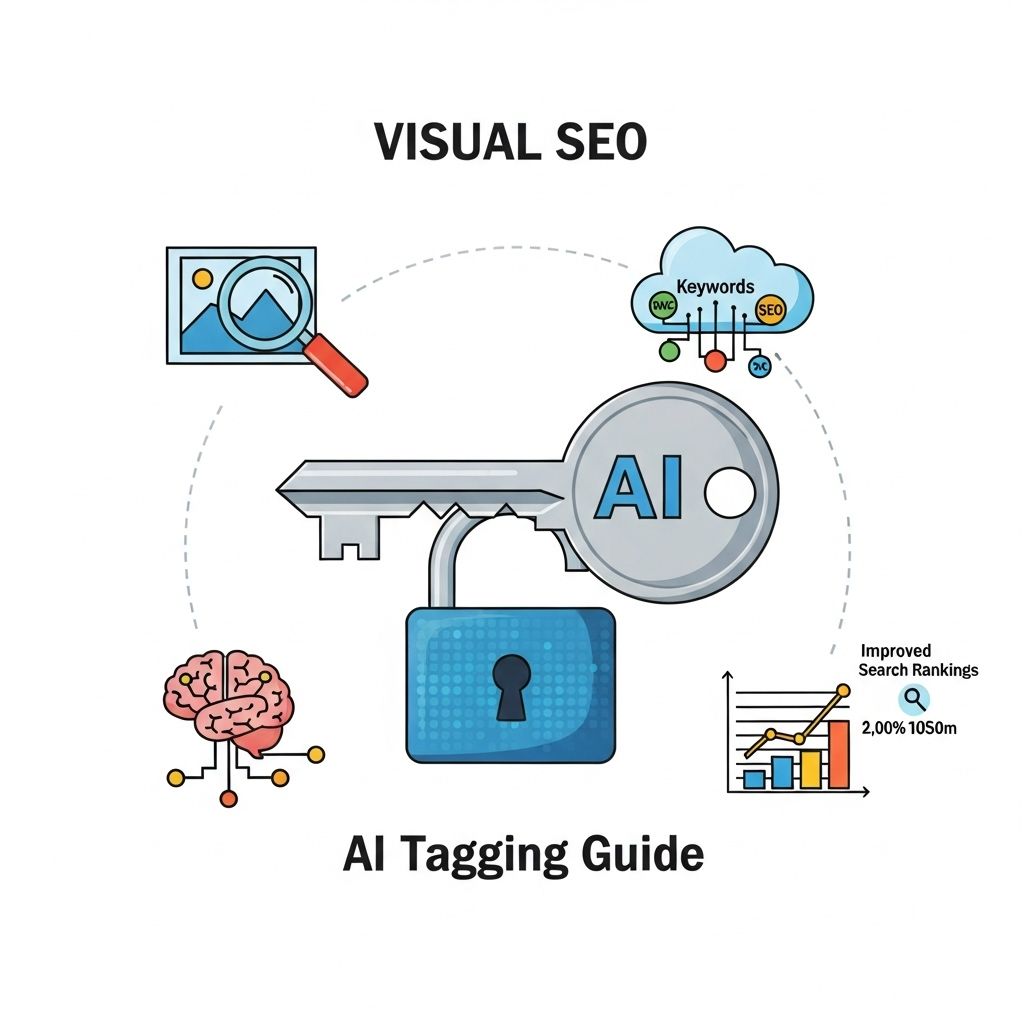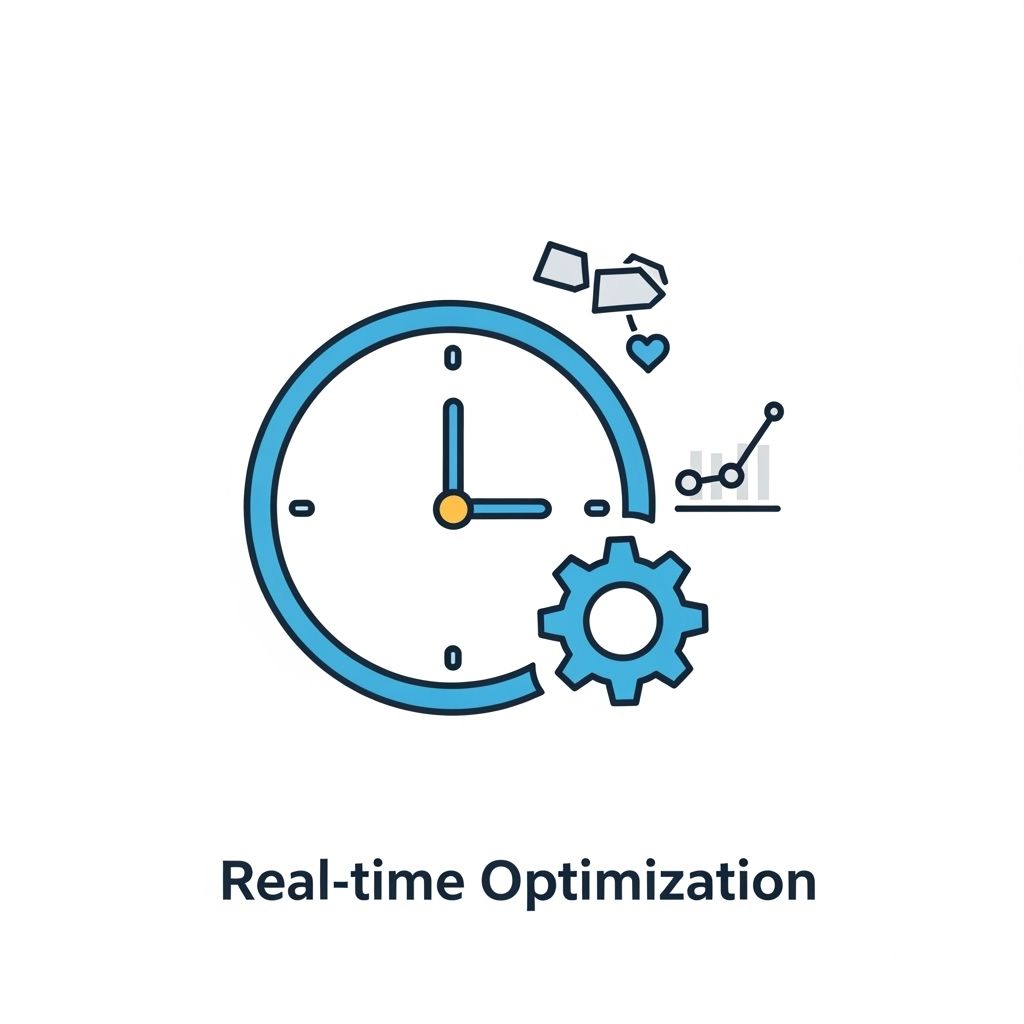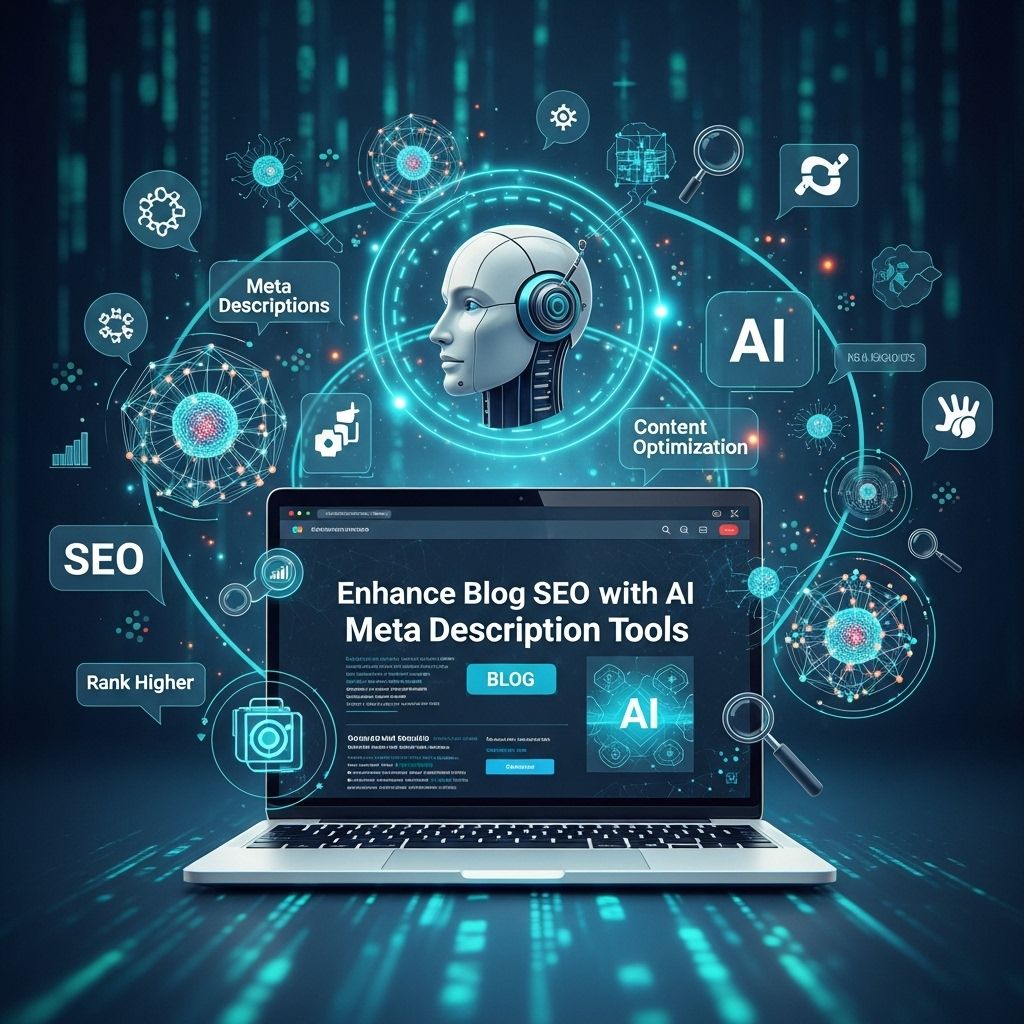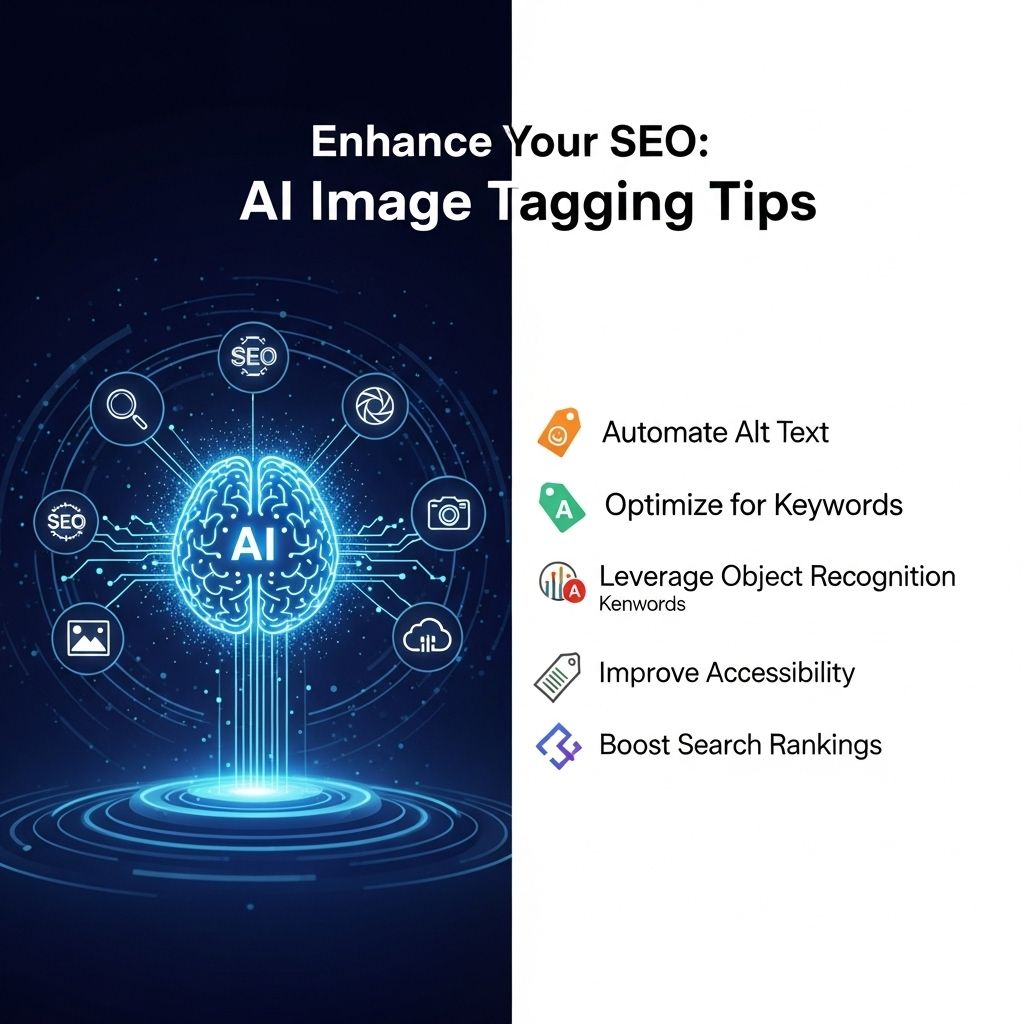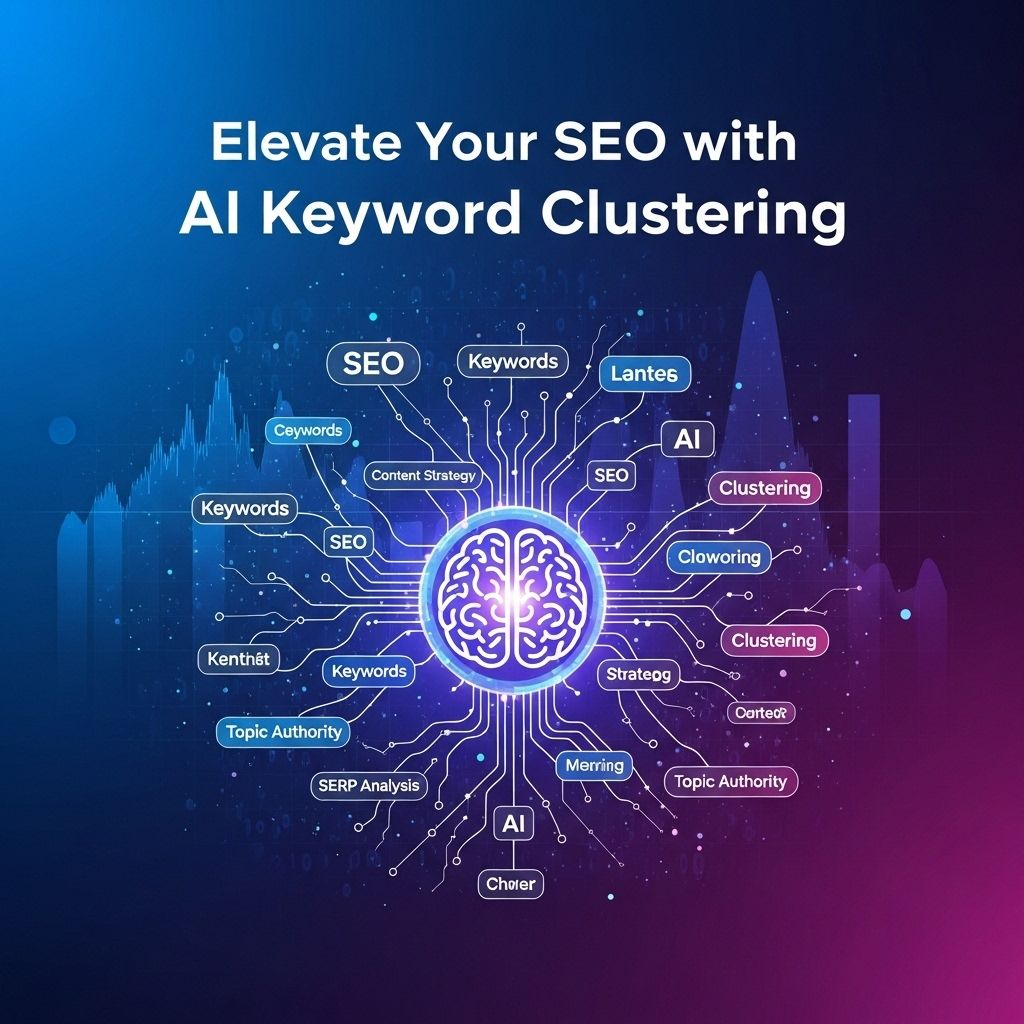Revamp Blog Descriptions with AI Optimizers
Discover how AI optimizers can transform your blog descriptions for better SEO and engagement in this insightful guide.
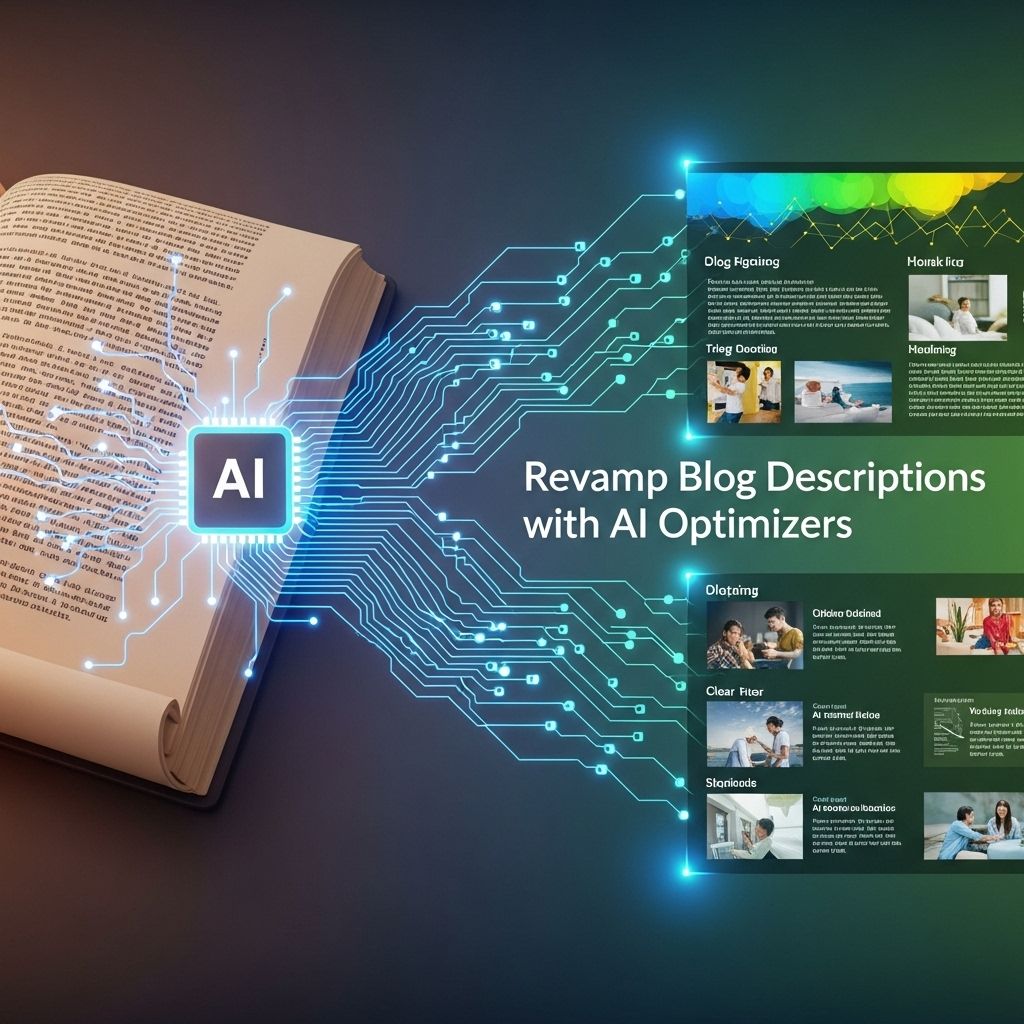
In today’s digital landscape, where content is king, having a compelling blog description can make a significant difference in attracting and retaining readers. However, writing engaging descriptions that not only capture the essence of the blog but also optimize for search engines can be a daunting task. This is where AI optimizers come into play, providing tools and techniques that can enhance your writing process and improve your blog’s visibility.
Table of Contents
Understanding the Importance of Blog Descriptions
A blog description is often the first impression a potential reader will have of your content. It’s a brief summary that encapsulates what the blog post is about, enticing readers to click through and read more. A well-crafted blog description can:
- Improve click-through rates (CTR)
- Enhance SEO performance
- Encourage social sharing
- Provide clarity on the content
Impact on SEO
Search engines use blog descriptions as part of their ranking algorithms. By including relevant keywords and phrases, you can increase the likelihood of your blog appearing in search results. Here’s how to leverage AI optimizers for SEO:
- Keyword Research: AI tools can analyze trending topics and suggest the most effective keywords to incorporate.
- Content Analysis: AI can assess your existing descriptions and provide insights on how to enhance them.
- Competitor Analysis: By analyzing competitor blog descriptions, AI can suggest unique angles to differentiate your content.
AI Tools for Blog Description Optimization
There are several AI-driven tools available that can assist in optimizing your blog descriptions. Here’s a look at some of the most effective ones:
1. Jasper
Jasper is a powerful AI writing assistant that can generate high-quality blog descriptions. With its templates and customization options, you can create descriptions that resonate with your target audience.
2. Surfer SEO
This tool helps in optimizing your blog for search engines by analyzing keyword density and suggesting changes to improve SEO. It also provides content structure recommendations based on top-ranking pages.
3. Copy.ai
Copy.ai offers a user-friendly interface that enables you to generate engaging blog descriptions effortlessly. Its AI algorithms understand context and can suggest creative yet concise summaries.
Best Practices for Writing Blog Descriptions
While AI tools can significantly aid in the process, there are several best practices that should be followed to create effective blog descriptions:
Focus on Clarity
Readers should immediately understand what the blog post is about. Avoid jargon and use simple language to convey your message.
Incorporate Keywords Naturally
Integrating keywords is essential for SEO; however, ensure they fit naturally within the description. Keyword stuffing can lead to penalties from search engines and a poor reader experience.
Highlight Unique Selling Points (USPs)
Identify what makes your content unique. Whether it’s a different perspective, exclusive data, or a compelling story, highlight these elements in your description.
Testing and Iterating for Improvement
Once you’ve implemented new blog descriptions, it’s crucial to analyze their performance. This involves:
- Tracking Metrics: Use tools like Google Analytics to monitor click-through rates, bounce rates, and average time spent on the page.
- A/B Testing: Experiment with different blog descriptions to determine which resonates more with your audience.
- Gathering Feedback: Solicit opinions from readers or peers regarding the clarity and appeal of your descriptions.
Case Studies: Success Stories with AI Optimization
Several organizations have successfully revamped their blog descriptions using AI optimizers. Here are a few noteworthy examples:
| Company | Initial CTR | Post-Optimization CTR |
|---|---|---|
| TechReview | 2.5% | 5.6% |
| GadgetGuru | 3.0% | 6.2% |
| AI Trends | 1.8% | 4.1% |
Key Takeaways from the Case Studies
The success stories above highlight the effectiveness of leveraging AI tools:
- Improved keyword integration leads to better search visibility.
- More engaging descriptions result in higher click-through rates.
- Iterative testing and feedback are critical for continuous improvement.
The Future of Blogging with AI
As AI continues to evolve, so too will the capabilities of optimizing blog content. The future holds even more sophisticated tools that can personalize content recommendations and improve user engagement. Here are some trends to watch:
- Enhanced Personalization: AI will provide deeper insights into reader preferences, enabling more tailored descriptions.
- Voice Search Optimization: As voice search becomes more prevalent, AI tools will help optimize descriptions for conversational keywords.
- Real-time Analytics: Future AI tools will likely offer real-time performance tracking, allowing for immediate adjustments to descriptions based on live data.
Conclusion
Revamping your blog descriptions with AI optimizers is not only a smart move but an essential strategy in today’s content-driven world. By leveraging AI tools, adhering to best practices, and continuously testing your content, you can significantly improve your blog’s reach and engagement. As the digital landscape evolves, staying ahead with AI will ensure your blog remains competitive and relevant.
FAQ
What are AI optimizers for blog descriptions?
AI optimizers are tools that use artificial intelligence to enhance and improve blog descriptions, making them more engaging and SEO-friendly.
How can AI help in writing better blog descriptions?
AI can analyze user preferences, trending keywords, and content performance to generate blog descriptions that are tailored for higher search engine visibility and reader engagement.
Are AI-generated blog descriptions effective for SEO?
Yes, AI-generated blog descriptions can be highly effective for SEO as they incorporate relevant keywords, improve readability, and attract more clicks from search engine results.
Can I trust AI to create unique blog descriptions?
Most AI tools are designed to create unique content by understanding context and generating text that is different from existing content, reducing the risk of duplication.
What features should I look for in an AI blog description optimizer?
Look for features such as keyword analysis, readability scoring, tone customization, and integration with your blogging platform for optimal results.
How do I choose the right AI tool for optimizing my blog descriptions?
Consider factors such as ease of use, reviews, pricing, and the specific features that meet your blogging needs when selecting an AI tool.

